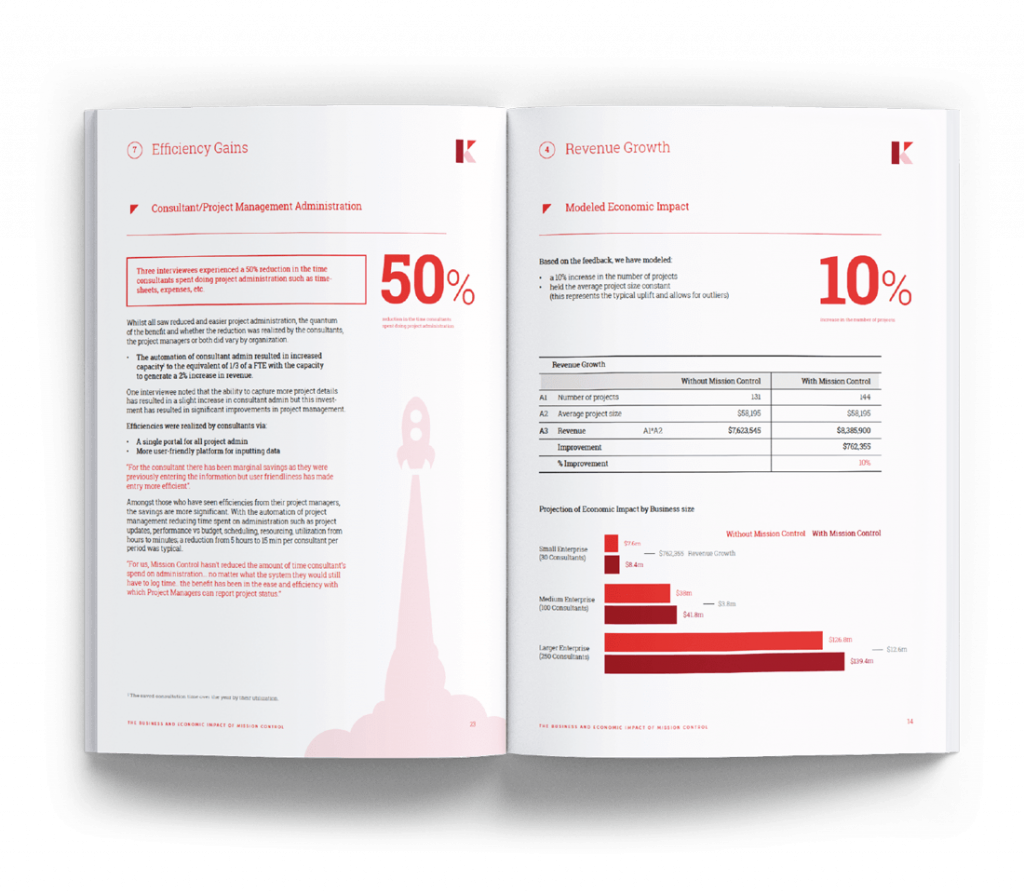Congratulations! You’ve delivered your project deliverables successfully. But wait! Your project isn’t complete… yet. You still have to close it.
Project managers put so much time and effort into project planning but often forget that the end of a project—project closure—is equally important.
Project closure may seem tedious or overly administrative, but a formal process ensures you tie up all loose ends, stakeholders sign and approve all documentation, contractors are paid, and everyone is on the same page.
Here are seven key steps to help you successfully navigate the project management closure process.
What Is Project Closure?
What exactly is project closure? It’s the last phase of a project lifecycle. This is the stage where the project manager finalizes and formally transfers all deliverables and ensures all documentation is signed off, approved, and archived.
The project manager also reviews the entire project at the closing phase, rates performance, and compares that to the baseline. The project team is essential to this process and offers their observations and feedback, guiding future projects.
What Are the Key Steps in Closing off Your Project?
The close of the project is the final phase like any other aspect of a project, it requires a process. Follow these seven steps to ensure you complete your project successfully.
Remember to take notes on what works and what doesn’t work so you can refine the process in the future.
Step 1: Officially transfer all deliverables
The first thing you need to do when closing out your project is to finalize and transfer the project deliverables to your client. Go through each of the deliverables outlined in your project plan and make sure teams have completed and handed them off.
Step 2: Confirm project completion
Once you formally transfer all deliverables, confirm that the project is complete. Just you declaring a project as done isn’t enough. Each person involved in the project must agree on the project’s completion before you can formally close it out and move on.
Step 3: Review all contracts and documentation
After declaring the project closed, start closing out your contracts for supplies, subcontractors, donors, and all relevant external stakeholders. Obtain approvals for the project deliverables with official sign-offs from all relevant stakeholders.
Then go through all the project documentation to ensure you’ve paid all parties for work delivered and confirm there are no pending invoices. Update your finance team on your final budget numbers.
Document everything in this step so you have proof that the relevant stakeholders formally signed off on the project closure.
Step 4. Release resources
Now it’s time to let your resources go. Officially notify suppliers, contractors, team members, and other partners that you’ve closed the project. Confirm any final payments or obligations so they can sign off and be free to work on other projects.
Step 5: Hold a project post-mortem meeting
Next, hold a post-mortem or project review, also known as a project retrospective to analyze the project’s successes, failures, and challenges and identify opportunities for improvement going forward. Here, you want to see how the project performed regarding cost, schedule, and quality.
Review:
- Whether you stayed on budget
- If the team members managed their time wisely
- Any issues with the quality or compromises faced along the way
- How closely the project met the customer’s needs
Hold a meeting with project team members where they can provide feedback on what went well, what didn’t go well, and what they can improve for next time.
After reviewing project performance and collecting feedback from your team, identify and document lessons learned and opportunities for the future.
Step 6: Archive documentation
For future reference, you must store everything you’ve learned and documented so far properly. Collect your contracts, project plans, scope outline, costs, schedule, etc., and index them in the company archives.
Keeping a paper trail of the work done on any project for you, your team, and other people in the organization, such as legal teams, HR teams, or even your successor, is essential. This paper trail will be helpful when someone needs to go back and respond to a question or wants to learn how an old issue was resolved.
Step 7: Celebrate
Celebration is a step that most project managers skip, but it’s as essential as the other six steps. You and your team have put in many hours of hard work and dedication. That deserves to be acknowledged and celebrated with an end-of-project party.
Celebrating a job well done increases morale as teams feel appreciated. Plus, a happy team is more likely to work with you in the future. So kick back and celebrate a successful completion—you’ve all earned it!
What Is a Project Retrospective and Why Is It Important?
A retrospective (retro) is a structured meeting to review the process and outcomes of a particular project. During the meeting, team members highlight a project’s successes and failures, identify areas that need improvement, and reflect on the project as a whole.
Retrospectives are essential because they allow stakeholders to analyze a project’s successes and failures. This process creates an image of trust and transparency as the team works together to assess every aspect of the project.
As teams analyze a project’s successes and failures, people get the chance to learn from their mistakes and improve from one project to another. The process can also help uncover procedures and practices that don’t produce the intended results, helping you eliminate them from future projects.
Main Project Closure Activities and Deliverables
Project closure activities are things you do to put the finishing touches on your work while maintaining a professional demeanor. They include:
- Facilitating team meetings (retrospectives) to tie up loose ends and review lessons learned.
- Delegating responsibilities for tying up loose ends and providing clear instructions for reporting back.
- Scheduling one-on-one team member meetings to identify individual learning and professional development.
- Reviewing contracts to ensure all vendor contracts are fulfilled, and all service providers are paid.
- Meeting with upper-level management to bring the project to a formal close from an organizational perspective.
- Preparing the project closure report incorporating data from each phase of the project. Emphasize the process, deliverables, lessons learned and overall outcomes.
- Hosting a celebratory gathering to acknowledge and show gratitude to team members for their accomplishments.
Project closure deliverables are the outputs the closing process must deliver. They include:
- Wrapping up the project: The project manager must ensure the customer approves and accepts the project.
- Evaluation of project performance and management: Before you close your project, assess the performance of the team, individual team members, and your performance. Evaluate external stakeholders such as vendors and the customer too.
- Retrospectives: Conduct post-project reviews with your team to identify missing issues or gaps.
Document and Track Project Closure with Mission Control
Congratulations! You’ve just completed your project; now it’s time to close it. Proper project closure will help you start your next project on the right foot.
Mission Control’s project management software makes it easy to plan, capture, manage, and report on work from anywhere, helping your team be more effective and get more done.
Generate reports on key metrics and get real-time visibility into work as it happens by using our interactive dashboards and automated workflows. Our dedicated retrospective board gives you an avenue to review how the project went and identify learnings that you can take into future projects.
Ready to close your project efficiently? Request a demo for a real-time view of how Mission Control can help.





